In the world of real estate, encumbrances play a significant role in property transactions. An encumbrance refers to any claim, lien, or restriction that affects the title of a property. These encumbrances can have various implications for both buyers and sellers, as they can impact the property's value, transferability, and use. It is crucial for anyone involved in real estate transactions to understand the different types of encumbrances and their potential consequences. This article will provide an overview of encumbrances in real estate, explore the various types, and discuss their implications in transactions.
Key Takeaways
- Encumbrances are claims, liens, or restrictions that affect the title of a property.
- Common types of encumbrances include mortgages, easements, and property taxes.
- Encumbrances can impact a property's value, transferability, and use.
- Buyers should conduct thorough due diligence to identify any existing encumbrances on a property.
- Sellers may need to clear encumbrances before transferring the property to a buyer.
Understanding Encumbrances in Real Estate
Definition of Encumbrance
An encumbrance in real estate refers to any claim, lien, or restriction that affects the ownership or use of a property. These encumbrances can be created by various parties, such as lenders, government agencies, or individuals. Real estate tools are often used to identify and document encumbrances on a property.
One common example of an encumbrance is a mortgage. When a property is mortgaged, the lender has a claim on the property until the mortgage is paid off. Other types of encumbrances include easements, which grant someone else the right to use a portion of the property, and land transfer tax liens, which are placed on a property to secure payment of outstanding taxes.
It is important for buyers and sellers to be aware of encumbrances when engaging in real estate transactions. Encumbrances can have implications on the transfer of ownership, financing options, and the use of the property. Buyers should conduct thorough due diligence to identify any encumbrances and assess their impact on the property's value and their intended use.
Types of Encumbrances
In real estate transactions, there are various types of encumbrances that can affect the property. These encumbrances can have implications on the ownership and transfer of the property. It is important for buyers and sellers to be aware of these encumbrances and understand their impact.
One common type of encumbrance is a mortgage. When a property is mortgaged, it serves as collateral for a loan. The mortgage holder has a legal claim on the property until the loan is fully paid off. This means that the property cannot be sold or transferred without the consent of the mortgage holder.
Another type of encumbrance is a lien. A lien is a legal claim on the property by a creditor to secure the payment of a debt. This can include unpaid taxes, unpaid contractors, or unpaid judgments. A lien can restrict the transfer of the property until the debt is satisfied.
It is important to note that encumbrances can also include easements, restrictions, and covenants. These are legal rights or restrictions that are attached to the property and can affect its use and enjoyment.
When buying or selling a property, it is crucial to conduct a thorough title search to identify any encumbrances that may exist. This can help avoid any surprises or complications during the transaction. Additionally, it is advisable to work with real estate professionals and utilize real estate tools to ensure a smooth and successful transaction.
One important consideration when dealing with encumbrances is the land transfer tax. This tax is typically imposed when ownership of a property is transferred from one party to another. The amount of the tax varies depending on the jurisdiction and the value of the property. It is important for buyers and sellers to factor in this cost when calculating the overall expenses of a real estate transaction.
Implications of Encumbrances in Real Estate Transactions
When it comes to real estate transactions, encumbrances can have significant implications. These encumbrances can affect the transfer of property ownership and may result in additional costs for the buyer or seller. It is important for both parties to be aware of the potential implications of encumbrances before entering into a transaction.
One implication of encumbrances is the impact on the transfer of property ownership. Certain types of encumbrances, such as liens or mortgages, can create a cloud on the title, making it difficult to transfer the property to a new owner. This can delay the closing process and potentially lead to legal disputes.
Another implication of encumbrances is the potential for additional costs. For example, if there is a mortgage on the property, the buyer may be responsible for assuming the mortgage or paying it off as part of the transaction. Additionally, some encumbrances, like easements, may restrict the use of the property and limit its value.
It is important for buyers and sellers to conduct thorough due diligence and work with professionals, such as real estate agents and lawyers, to identify and address any encumbrances. This can help ensure a smooth transaction and minimize any potential negative impacts.
In summary, encumbrances in real estate transactions can have implications on the transfer of property ownership and may result in additional costs. It is crucial for both parties to understand and address any encumbrances before finalizing a transaction. By doing so, they can avoid potential complications and ensure a successful real estate transaction.
Conclusion
Understanding encumbrances is crucial for anyone involved in real estate transactions. Whether you are a buyer, seller, or investor, being aware of the types of encumbrances and their implications can help you make informed decisions and avoid potential legal and financial issues. Remember, an encumbrance is more than just a legal term; it has real-world consequences that can impact the value and use of a property. So, before entering into any real estate transaction, take the time to research and understand any encumbrances that may exist.
Frequently Asked Questions
Learn More














